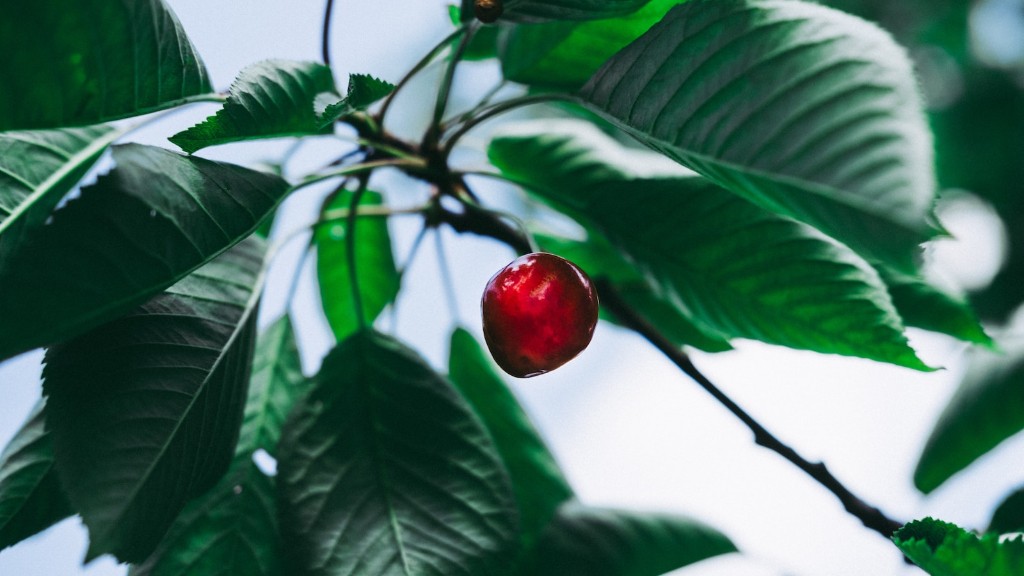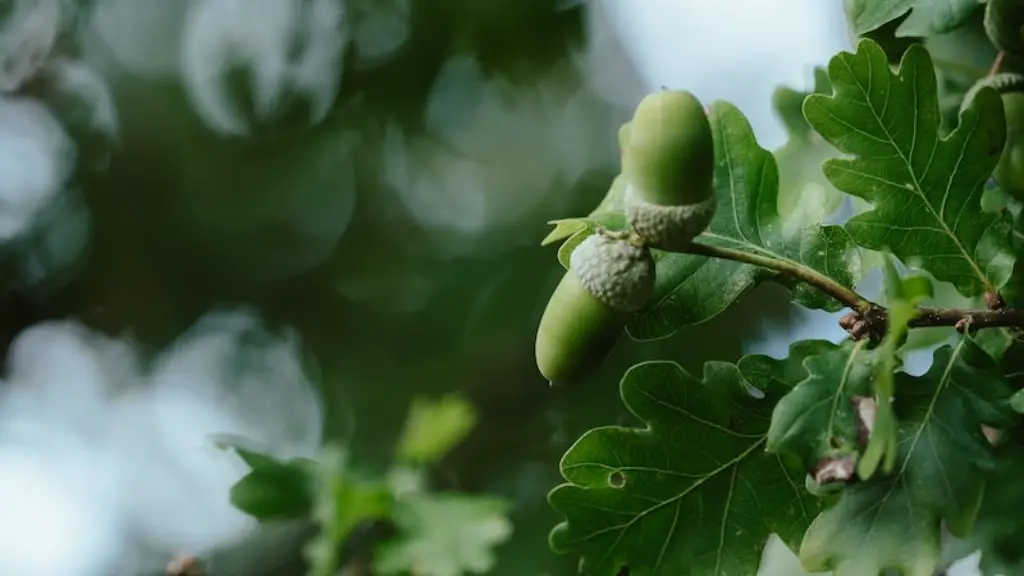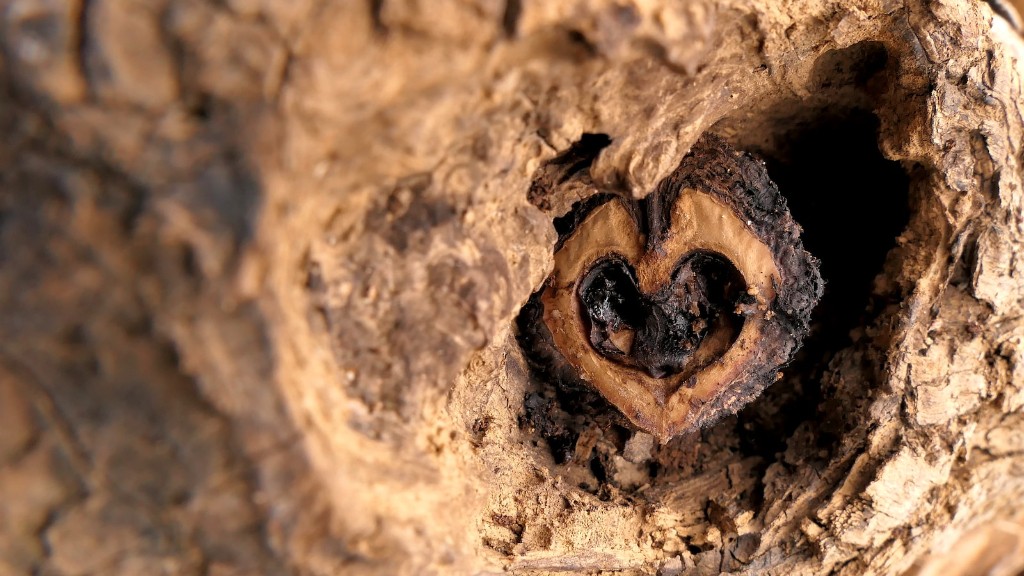Introduction
Collecting cherries from a tree is a difficult process that requires a lot of care and attention. It is a job which demands dexterity and an eye for detail. It can be confusing for someone who has never done it before, as there are many different techniques and tools that can be used. To make sure that the job is completed correctly, it is useful to familiarise oneself with the process beforehand. This article provides an overview of how to collect cherries from a tree, including some advice from experts on the matter.
Tools and Equipment
The most basic tool needed to collect cherries is a picking basket or bag which can be securely affixed to the waist. This will allow the harvester to carry the cherries with them, so that they are not lost or crushed during the process. Other tools that may be necessary include a small ladder or even a cherry-picking machine. Additionally, gloves should be worn in order to prevent any scratches or damage to the fruit.
Choose a Suitable Tree
Choosing a suitable tree is essential for a successful harvest. Depending on the type of cherry tree, its branches may be too high for picking, or the cherries may not reach a suitable maturity until later in the season. Therefore, it is important to select a tree which is in good health and has a plentiful yield of ripe cherries.
Collecting Process
When collecting cherries from the tree, it is important to handle them with care, to ensure that they remain unbroken and undamaged. Using one hand to secure the branch, cherries should be gently removed with the other. This can be done by pinching the cherry between the thumb and forefinger and then pulling it with a smooth, steady motion. When collecting cherries, it is advisable to take regular breaks in order to prevent any potential strain injuries or skin irritation.
Observing Safety Precautions
It is important to take safety precautions when collecting cherries from a tree. For example, it is best to wear appropriate clothing, such as long-sleeved shirts and trousers, to protect against scratches and the sun. Furthermore, proper footwear should be worn to protect against slips and trips. It is also important to be aware of the dangers posed by wasps and other insects which may be attracted to the cherries. In this situation, it is best to stay as far away from the nest as possible.
Storing Cherries
Once the cherries have been collected, they should be stored in a cool, dry place. This will prevent them from deteriorating, and will keep them fresh until they are ready to be consumed or processed. To ensure that the cherries remain at peak quality, it is important to store them correctly. They should be placed in a sealed container, away from direct sunlight, and kept away from any other items which could cause them to spoil, such as apples or pears.
Cleaning Cherries
Once the cherries have been collected and stored, it is important to clean them thoroughly in order to remove any dirt or debris which may have attached itself to them during the picking process. A soft brush can be used to clean the cherries, and a damp cloth can be used to remove any stubborn dirt.
Uses for Cherries
Once the cherries have been collected, stored and cleaned, they can be used in a variety of recipes. Cherries can be cooked or made into jams or jellies, as well as being eaten fresh. They are a versatile and healthy fruit, and can be enjoyed in a variety of recipes.
Cherry Picking as a Profession
Cherry picking can be a lucrative profession, especially in areas where the fruit is plentiful. Many farms hire additional help during harvest season, when the demand for cherries is at its highest. As cherry picking is a physically strenuous activity, it is important to make sure that those taking on the task are in good physical condition.
Cherry Picking Regulated by Laws
In many countries, cherry picking is regulated by laws which are in place to ensure that the harvest is conducted in a lawful and sustainable manner. These regulations may specify the number of cherries which can be collected from each tree, or the types of tools which are allowed to be used. It is important to familiarise oneself with the relevant laws in order to make sure that the harvest is conducted legally and without any potential consequences.
Pruning and Maintenance
In order to ensure that the cherry tree is healthy and will yield a plentiful crop each year, it is important to carry out regular pruning and maintenance. This may involve removing dead or diseased branches, in order to improve air flow and light through the canopy. It may also involve feeding and watering the roots, as well as mulching the soil to provide extra nutrients.
Harvest Innovation
In recent years, there have been many advances in technology which can be used to improve the cherry harvest. For example, mechanised picking machines have been created, which can be used to pick larger quantities of cherries more quickly. In addition, there are now drones which can be used to monitor trees remotely and map out the best routes to take when harvesting the cherries.
Marketing Strategies
Once the cherries have been harvested, it is important to have a plan for marketing and selling them. This may involve finding a wholesale buyer or selling them at a local farmers market. Additionally, it is possible to set up an online shop or create a social media presence in order to reach more potential customers.
Pest Control
When collecting cherries, it is important to be aware of any potential pests or animals which may attack the crop. To prevent this, it is advisable to use exclusion nets or other methods to protect the cherries. Additionally, it is important to monitor the tree for any signs of infestation and act promptly if any pests are sighted.
Fertilization
In order to ensure a plentiful and healthy crop each year, it is important to fertilize the tree in order to provide extra nutrients. This may involve applying organic or chemical fertilizers at certain intervals throughout the year. It is also a good idea to make sure that the tree is well watered, as this will help to provide a more successful harvest.
Harvest Storage
Once the cherries have been collected, it is important to store them correctly in order to preserve their quality. The cherries should be kept in cool, dry conditions which allow for air circulation. Additionally, it is important to check them regularly for signs of spoilage and take action quickly if any are found.
Processing and Preserving Cherries
Once the cherries have been harvested and stored correctly, they can then be processed in order to make them last longer. There are many techniques which can be used to preserve cherries, such as drying them or freezing them. Additionally, jams and jellies can be created in order to extend the life of the cherries.
Conclusion and Reflection
Collecting cherries from a tree is a difficult process which requires a lot of skill, patience and attention to detail. By following the advice and advice given in this article, it is possible to ensure that the job is completed successfully, and that the cherries can be enjoyed fresh or stored for future use. By following the right steps, it is possible to enjoy the fruits of your labour for many years to come.



